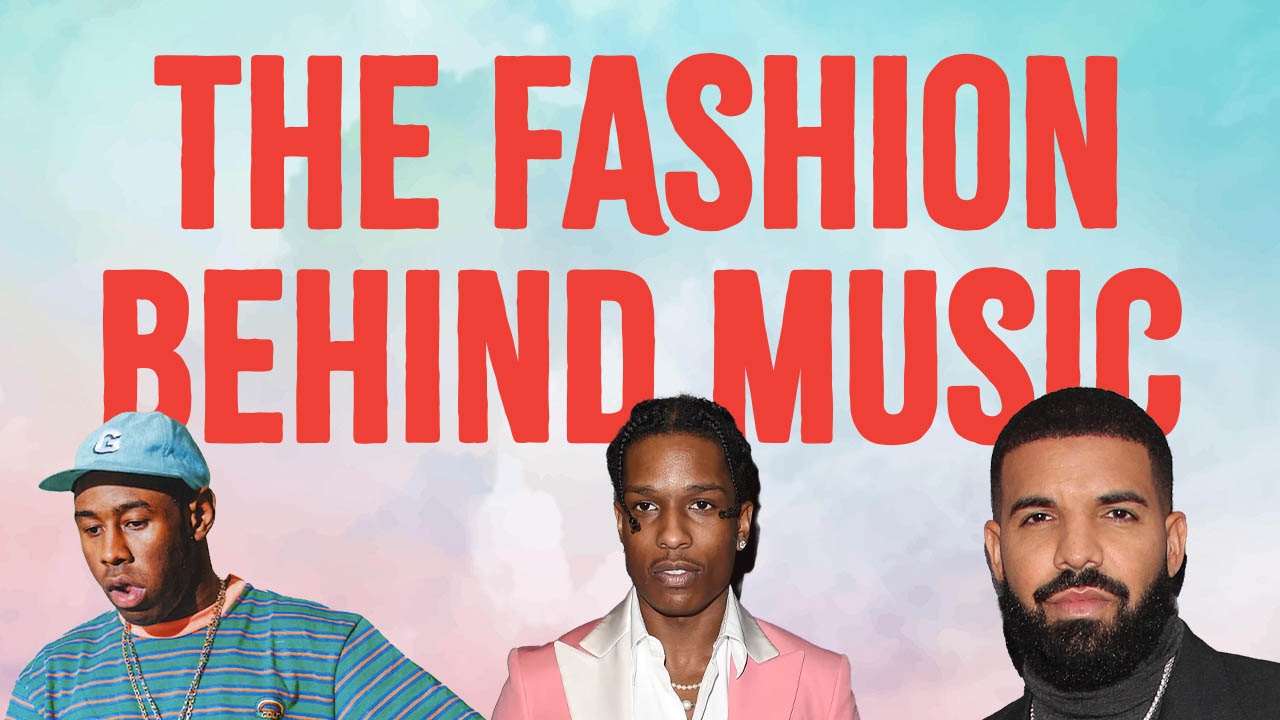The fashion behind music
 CREDIT: FSU PUBLICATIONS AND COMMUNICATIONS DEPARTMENT
CREDIT: FSU PUBLICATIONS AND COMMUNICATIONS DEPARTMENTFashion and music have gone hand in hand for decades. Fashion influences music, and music influences fashion. Both have stood as a means of expressing yourself and your creativity for a long time.
Most cite the 1920s and the flapper era of jazz as one of the first major intersections in fashion and music. The clubs that would host the musicians would be host to people of all races and backgrounds. The women involved in the movement used it to break out of the traditional gender roles that had been forced on them for centuries, wearing short dresses and loose clothing that allowed freedom of movement.
As the century progressed and evolved, so did music and fashion. The hippie movement of the 60s, hair metal in the 80s, grunge in the 90s, into today’s fashion dominated by hip-hop and pop music.
So what is the thought process of one of today’s artists when they pick an outfit prior to a performance?
Solomon Marley-Spence, better known by his stage name, King Cruff, is a native of London who describes his music as “hip hop with a dash of reggae, Dancehall funk, [and] disco, that’s a collection of different genres across the Black diaspora.”
He describes the character of Cruff as an extension of himself, rather than an alter-ego.
“It’s just different parts of my personality. I’m pushing certain parts a little bit further,” he explained. “Depending on what the goal of the project is, I want to represent a certain emotion, or have my outfit be a character in itself.”
Cruff said his outfits don’t necessarily have to be flashy, just interesting. Not to say his outfits aren’t flashy, but as he puts it, “it has to get a certain point across.”
“I performed at this event called school night in Toronto at the Drake underground. And basically, what I did, was I just got this shirt that looked like I was in school to kind of fit that vibe.”
As for how his outfits on stage compare to what he usually wears, Cruff said it’s completely different, striving for comfort over anything else. But when he does get to pick an outfit, he goes all in.
“When I know that there’s going to be that moment where I can create a story or represent a certain type of character, then I put things together and it’s a really exciting thing for me.”
Hip-hop and fashion, especially today, are very intertwined. Some of the world’s biggest rap artists have their own fashion brands, such as Tyler, The Creator’s Golf Wang or Drake’s OVO.
But that prevalence doesn’t mean other genres don’t have their own sense of style either. Patrick Nichols, the drummer for the London based pop-punk band, Youngest and Only. He described what he wears on stage as chill and punk.
“I typically like to go black jeans, some type of skateboard shoe, and a band tee or sweater. Anything that looks punky or alternative.”
Nichols added that the visual cohesion of a group act, like a band, is important. Despite the fun that being in a band can bring, presentation is still important.
“You’re a whole unit. If you have one person that sticks out like a sore thumb, say they’re in sweats and a hoodie, that can kinda look bad on the band as a whole,” he explained. “That’s your job, right? You want to be a professional and dress the part, depending on what you play.”
Nichols said the best part of the outfit is the top, saying it can express a lot about the person and what they’re trying to do. “The shirt brings the entire outfit together, whether it’s day-to-day or when you’re going up to play in front of a crowd.”
Whether it’s hip-hop, hair metal, or punk, all the different genres of music have different styles of fashion that all express the genres they’re attached to. They’re both outlets for self-expression and storytelling. So pull on your Vans, grab your Carhartt beanie, crank some Ramones, and hit the town.

















